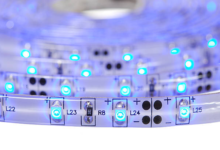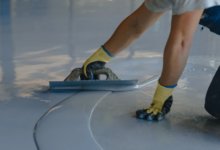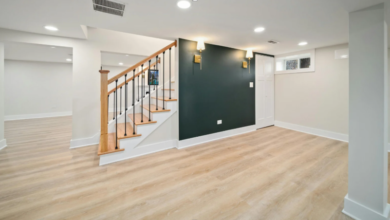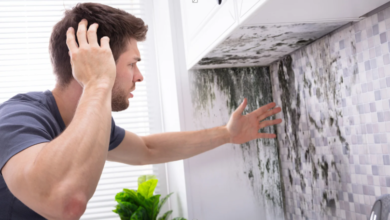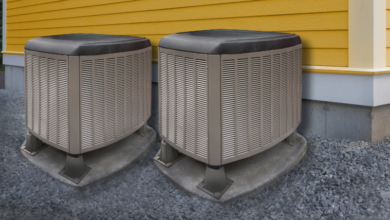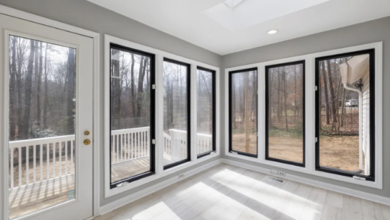Insights Into Maintaining Your Siding After a Quality Repair

Siding plays a crucial role in shielding your home from the elements while contributing to overall curb appeal. After professional repairs are completed, maintaining that new or restored siding is essential to protect your investment. Whether it’s wood, vinyl, or fiber cement, consistent upkeep ensures the siding performs well for years. If you’ve recently had a siding repair in Dayton, proactive maintenance will help extend its lifespan and avoid costly repeat fixes.
Below are practical steps to keep your siding looking great and functioning properly after a quality repair.
Inspect Regularly for Subtle Signs of Damage
Even after a recent fix, siding can develop minor issues from weather exposure, temperature shifts, or settling structures. Regular inspections, especially after storms, can help identify loose panels, small cracks, or gaps around windows and doors. These signs may not seem urgent, but they can lead to water infiltration or structural decay if left unchecked.
The importance of timely siding repair becomes clear when you consider how quickly small flaws can escalate. Catching early damage allows for swift corrections, preserving both the appearance and integrity of the exterior.
See also: How a bathroom Contractor Sacramento Can Improve Your Space
Keep Siding Clean and Debris-Free
Dirt, mold, mildew, and algae buildup are common threats to any siding type. They not only detract from your home’s appearance but can also slowly degrade the surface. Gentle cleaning using a soft brush and low-pressure water helps maintain the finish without causing abrasion. Avoid harsh chemicals or pressure washers, as they can damage seams or coatings.
Trimming nearby bushes and trees also prevents constant contact and moisture retention, which are common causes of premature wear. An annual cleaning routine goes a long way in preserving siding after repairs.
Understand Installation-Related Weak Points
Even with expert repairs, areas around corners, joints, and trim can be more vulnerable over time. Knowing what parts of your siding are most exposed to expansion, contraction, or moisture traps allows for smarter maintenance.
Understanding siding installation points helps you monitor the right zones. Caulking, flashing, and underlayment are all critical components that may need attention as seasons change. Keeping these parts secure prevents the need for larger corrective work later on.
Manage Moisture and Drainage
Moisture is one of siding’s greatest enemies. Ensure gutters and downspouts are functioning correctly and directing water away from the structure. Poor drainage near the foundation can lead to splashback and eventual deterioration of lower siding panels.
Also, make sure attic ventilation is adequate. Poor ventilation causes heat and humidity buildup, which can lead to siding warping or internal condensation. Managing both internal and external moisture is key to keeping siding stable long after it’s been repaired.
Schedule Routine Professional Checks
Even with personal upkeep, periodic professional evaluations are worthwhile. Contractors can check for things that may be hidden, like internal moisture damage, siding separation behind trim, or early signs of warping. Routine evaluations every few years can help detect problems before they escalate, particularly after weather-heavy seasons.
Conclusion
Siding repairs restore both function and appearance, but ongoing maintenance is what ensures long-term performance. From inspecting after storms to keeping surfaces clean and monitoring moisture levels, consistent care helps preserve the results of any high-quality repair. With the right habits in place, your siding can continue to protect and enhance your home for years to come.
Taking a proactive approach minimizes the risk of future damage and supports your home’s structural integrity. Whether dealing with seasonal shifts or everyday wear, small maintenance efforts today can prevent major siding issues.

